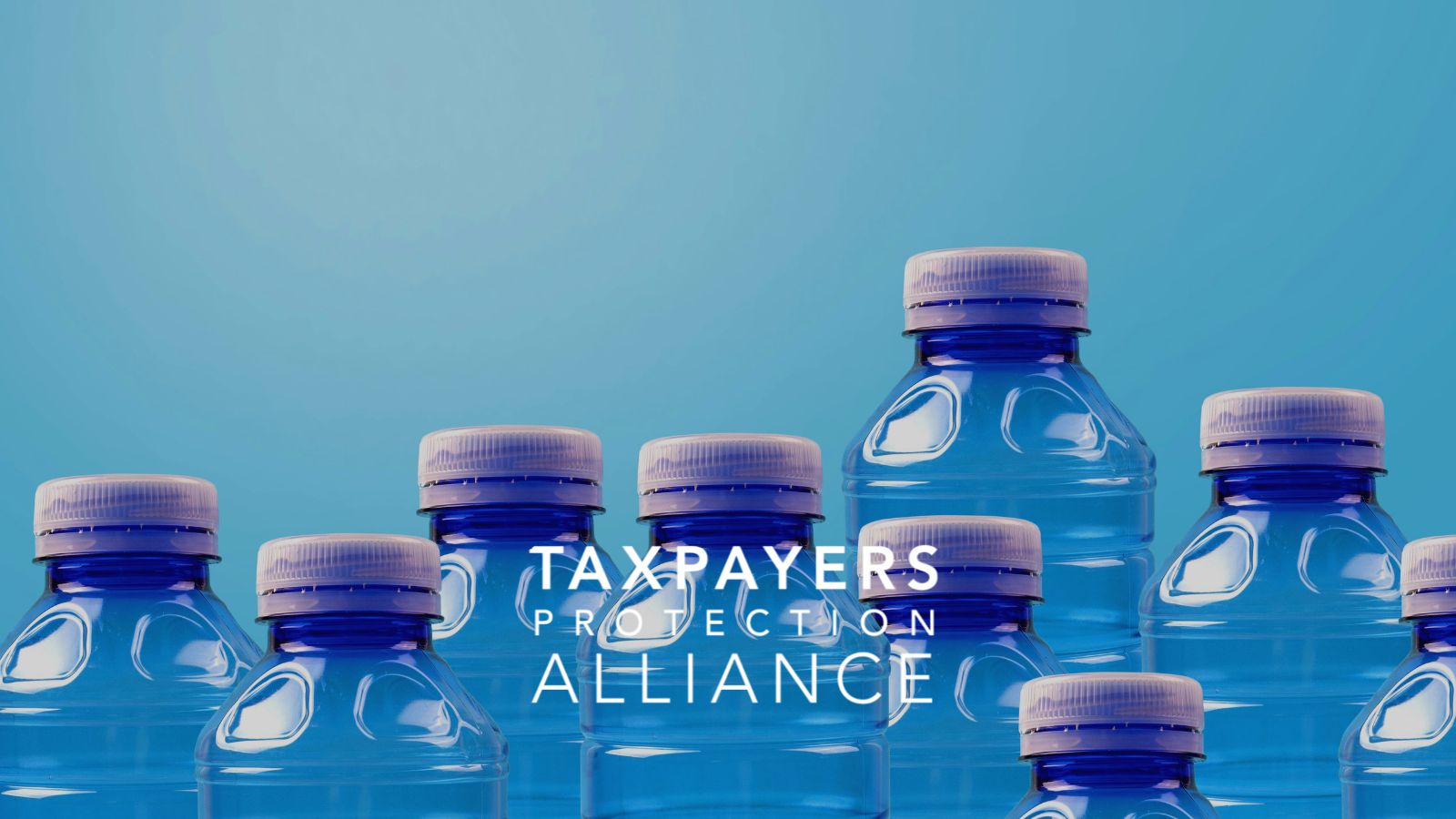
With Right Rules, America can Recycle Itself to Prosperity
Ross Marchand
November 3, 2025
A generation ago, the U.S. recycling system was exorbitantly costly and often not worth the price tag. In a devastating 1996 piece published in The New York Times Magazine, famed journalist John Tierney declared, “Recycling may be the most wasteful activity in modern America: a waste of time and money, a waste of human and natural resources.”
Fortunately, the outlook on recycling today is considerably brighter than it was nearly thirty years ago. A new analysis from the American Chemistry Council (ACC) highlights the significant economic opportunity that comes with improving America’s recycling system. The report finds that if half of the plastics currently sent to landfills were redirected to recycling facilities, the United States could gain 173,200 jobs, generate $12.8 billion in annual payroll, and create $48.7 billion in additional annual economic output. To achieve this significant windfall would require a serious rethinking of current regulations. With the right federal and state rules in place, America can recycle itself to prosperity.
At a July hearing before the House Energy and Commerce Subcommittee on Environment, Ross Eisenberg, President of America’s Plastic Makers, explained that the U.S. recycling system was designed in the 1970s for bottles, cans, and paper and has not kept up with the materials and technologies used today. As a result, only 8.7 percent of plastic was recycled in 2018, according to the EPA. Eisenberg emphasized that new technologies such as advanced recycling can convert hard-to-recycle plastics into new materials, creating thousands of jobs and strengthening domestic manufacturing.
As the Taxpayers Protection Alliance has pointed out in previous blog posts and op-eds, allegedly “wasteful” and “dirty” industries such as plastics manufacturing were frequent targets of the Biden administration. Through measures such as “national strategies” (read: bans) and “risk mitigation plans,” the former president emphasized needless administrative procedures (often of dubious constitutionality). All this came at the cost of regulatory flexibility as well as job and wage growth.
These costly plans failed to take into account increasingly-popular technologies such as pyrolysis. This is a process by which plastics are heated in a controlled environment and turned into new products such as fuels. According to a 2025 analysis published in Energy Conversion and Management, “Pyrolysis can convert 60–80 percent of plastic waste into liquid fuels, with yields of up to 85 percent in fast pyrolysis processes conducted at temperatures between 450 °C and 600 °C. The process also reduces greenhouse gas emissions by 40 percent, mitigating 3.5 tons of CO2-equivalent per ton of plastic waste processed. Economically, pyrolysis oil can be sold for $600–$900 per ton, while syngas, with a market value of $200–$300 per ton, can generate up to 800 kWh of electricity per ton of waste.”
Given these significant benefits, recycling advocates have pushed for the Environmental Protection Agency (EPA) to regulate certain pyrolysis processes as manufacturing instead of incineration or waste management. These latter categories trigger not only stringent federal regulations, but also onerous state laws. Unshackling plastics recycling and pyrolysis from outdated statutes would lead to lower costs for customers and a cleaner planet. Unfortunately, the EPA recently closed the door on this idea. In recent rulemaking, the agency stated it will “not be taking additional action [in current rulemaking] related to pyrolysis/combustion units.”
Recycling can help power continued growth and opportunities, but not with current heavy-handed regulations. Let’s hope that John Tierney’s pronouncement doesn’t stand the test of time.
